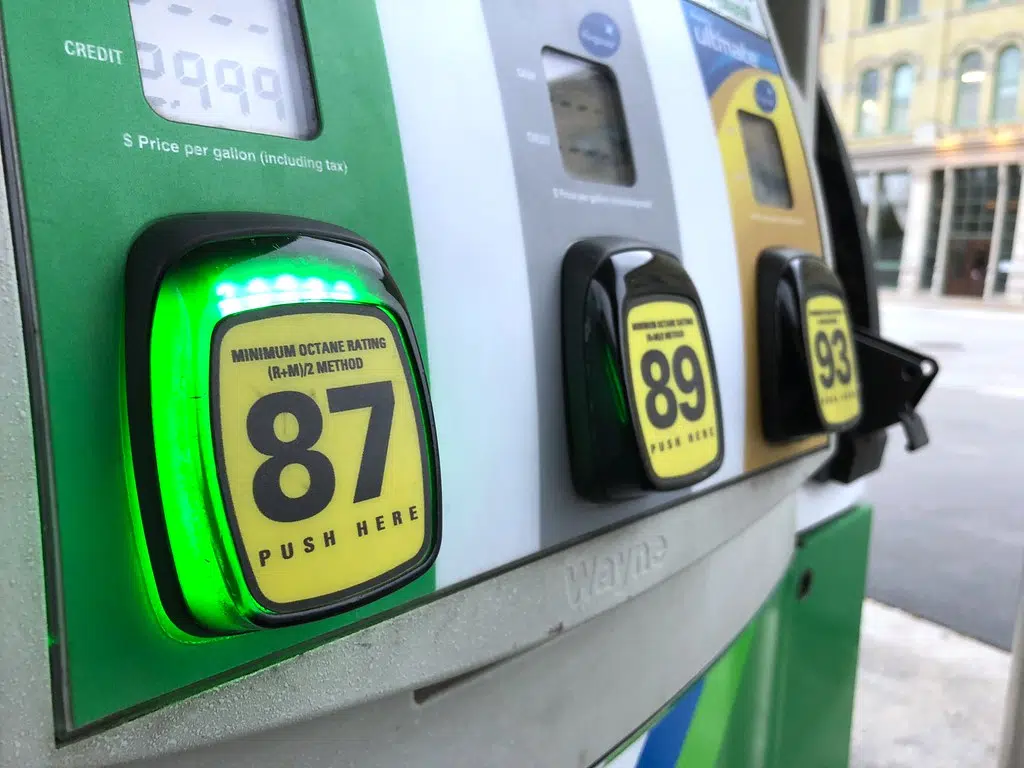Canada’s inflation rate skyrocketed to a nearly 40-year high of 7.7 per cent during the month of May.
Statistics Canada says that is up from the 6.8 per cent gain recorded just one month earlier in April.
“Price pressures continued to be broad-based, pinching the pocketbooks of Canadians and in some cases affecting their ability to meet day-to-day expenses,” the agency said in a news release on Wednesday.
According to StatCan, the acceleration was largely due to higher gas prices, which were up by 12 per cent month over month and 48 per cent year over year.
High crude oil prices also resulted in higher prices for fuel oil and other fuels, which increased by more than 95 per cent from a year earlier.
“Crude oil prices rose in May as a result of supply uncertainty amid Russia’s invasion of Ukraine, as well as higher demand as travel continued to grow in response to eased COVID-19 restrictions,” said StatCan.
Grocery prices rose by 9.7 per cent in May, matching gains that were recorded in April. Edible fats and oils recorded its largest increase on record at 30 per cent, mainly driven by higher prices for cooking oils.
Fresh vegetable prices increased 10.3 per cent in May, following an 8.2 per cent gain in April. Meat prices increased at a slower pace, climbing by nine per cent year over year in May compared with 10.1 per cent in April.
Shelter costs rose by 7.4 per cent year over year in May, matching the increase that was recorded in April.
Higher prices for services, such as hotels and restaurants, also contributed to the increase, climbing by 5.2 per cent year over year in May, following a 4.6 per cent gain in April.
Regional breakdown
Seven of 10 provinces saw their inflation rate climb at a faster rate than the national average, including all four Atlantic provinces.
Prince Edward Island led the way at 11.1 per cent, followed by New Brunswick and Nova Scotia at 8.8 per cent, and Manitoba at 8.7 per cent.
That was followed by British Columbia (8.1 per cent), Newfoundland and Labrador (8.0 per cent), Ontario (7.8 per cent), Quebec (7.5 per cent), Alberta (7.1 per cent), and Saskatchewan (7.0 per cent).




